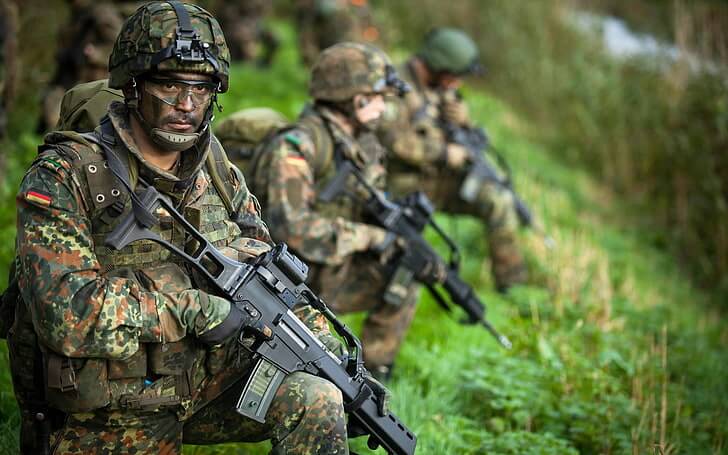
There has been a great turbulence in geopolitics across the globe. The year 2023 will be remembered as a “water shed” in which conflicts emerged in various parts of the universe posing a considerable challenge to peace and stability. One is reminded of the power balances last seen in the pre-Cold War era, threatening to unveil their ugly head once again.
Major Conflicts
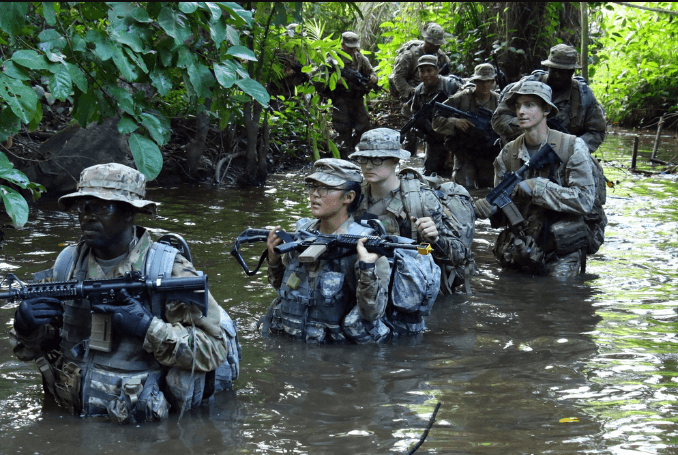
The conflicts which we see today defy logic and are diverse across multiple domains. Reasons for these conflicts could be broadly related to religion, ideology, insecurity and identity. The super powers are trying to gain space for dominance and control. The testimony to this fact is the Ukraine-Russia war which got ignited and fuelled by the United States. This was followed by the barbaric act of Hamas on the innocent citizens of Israel on 7 October 2023, which today has endangered stability across West Asia.

During the period 1942-45, the Allies attacked 51 major German cities and towns, destroying about 40–50 per cent of their urban areas. Robert Pape, a political scientist at the University of Chicago told Financial Times: “Dresden, Hamburg, Cologne—some of the world’s heaviest-ever bombings are remembered by their place’s names” … Gaza will also go down as a place name denoting one of the heaviest conventional bombing campaigns. A punitive action by Israel which today is being condemned by most nations.
In its initial stages at least, the conflict was mainly concentrated around Gaza. However, the risk has since escalated to other regions as well. In fact, Israeli Defence Minister Yoav Gallant has already claimed that his country is fighting a multi-front war, which will last several months. He even named the seven fronts as Gaza, Lebanon, Syria, Judea and Samarra (West Bank), Iraq, Yemen and Iran.
The Chinese have continued to expand their hegemonistic designs both in Ladakh as well against Taiwan in the South China Sea.
Also Read: Can Israel Hamas conflict escalate into World War III?
This period has also been noticeably predominant in the existential irrelevance of multi-lateral organisations like the United Nations and International Court of Justice, which have failed to exert their influence to change the course of conflicts.
A New Global Order
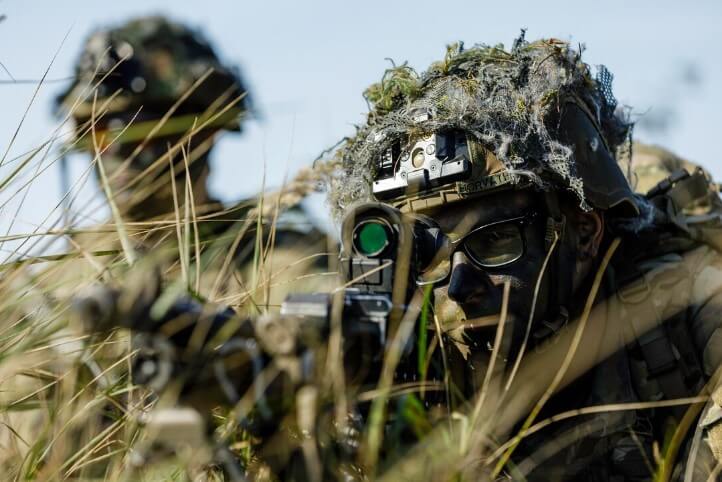
A visible change in the world order is emerging. The erstwhile overwhelming power of the West- Europe in particular, is diminishing in relative terms. It is evident that the balance is now shifting from the Atlantic to the Pacific. United States has over the years lost its position to dictate outcomes. The sudden withdrawal of US forces from Afghanistan has severely dented its reputation as a “World Policeman”. We are seeing a challenge to its authority through a nexus developing between Russia-China-North Korea-Iran-Turkey.
War as an Instrument of State Policy
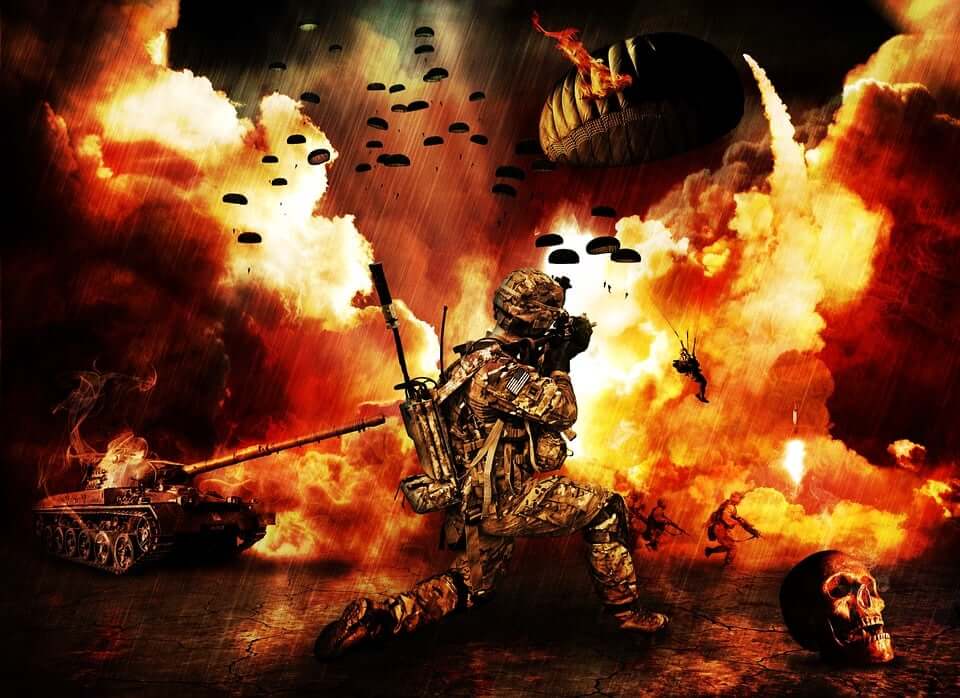
Over the years war has been recognised as an instrument of state policy. However recent examples have shown that largely political and military objectives as laid out have not manifested in spite of large offensive action with high rates of attrition. The use of military force has been the preferred option rather than taking recourse to dialogue, diplomacy and deliberation.
Today powerful nations use others to settle their political agenda as has been evident in the Russia-Ukraine war where billions of dollars have been pumped in by the US and its allies to prolong the conflict with an aim to weaken Russia and its hold in the region. At the same time the Russian objective of “denazification, demilitarization and neutrality” of Ukraine is unlikely to be achieved.
War in the Middle East

What we see in Gaza is another conflict which has the potential to escalate into a regional war. We have already seen how “Houthis” have activated the Red Sea and have brough maritime trade through this route to an almost griding halt. This has larger economic consequences to the entire World trade as almost 20 percent of shipping vessels pass through this area.
A humanitarian crisis is looming large in Gaza which is unprecedented in history. The Brazilian President has compared this Israeli action to “Holocaust” witnessed during World War II, when the Nazis decimated the Jews.
Emerging Areas of Conflict
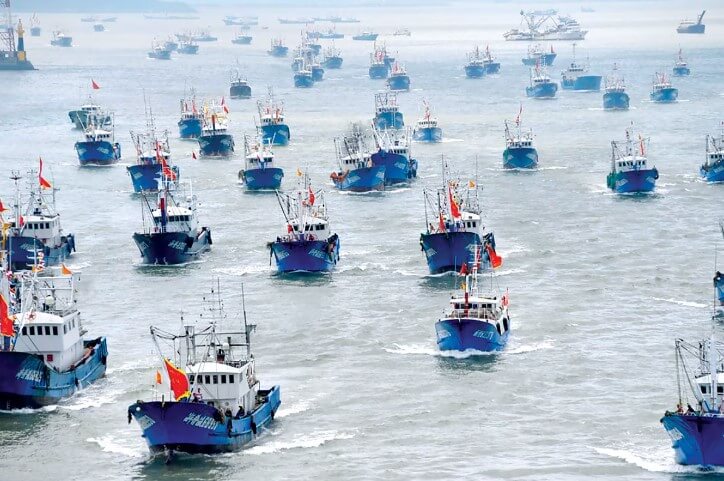
The next emerging conflict will be witnessed in Taiwan, when China decides to activate the region of the South China Sea. The results of the Taiwanese presidential elections have not been well taken well by the Chinese supremo Xi Zenping. China is also likely to intensify its pressure on Senkaku Islands as well as the Philippines, where recently it intruded in the country’s Exclusive Economic Zone (EEZ).
We will also continue to see instability in the Ladakh and Arunachal Pradesh regions along the LAC. In spite of twenty-one Corps Commanders talks not much head away seems evident.
Consequences of War
It is fairly evident now that the East-West polarisation has commenced. It is also evident that consequences of war have fractured the economic polity of nations. The ongoing conflicts between Russia-Ukraine, Israel-Hamas, China- India, China-Taiwan and many others are unlikely to give a decisive victory to either of the countries. As rightly said by PM Modi, “This is not an Era of War” needs no greater emphasis. It is also very apparent that War as an instrument of State policy is not a preferred option to resolve conflicts. The World would be a much safer place if “National Interests” could be converged towards peace and stability and serve mutual economic interests.
Also Read: Quantum computing: a game changer in warfare
Conclusion
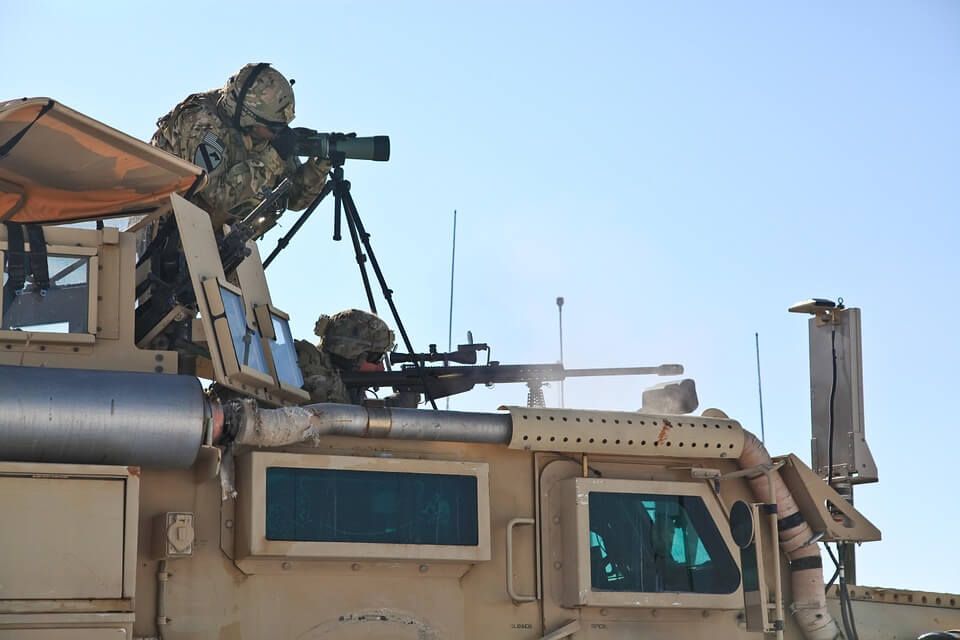
It seems today that, “Conflict Resolution” is not been given its due importance. There are signs of increasing confrontation for power and influence between two great powers – the Sino-Russian entente versus the US-led realignment of power structures in East Asia and Western Pacific – which is likely to lead to rising tensions.
China is using Taiwan to flex its muscles, without resorting to open hostilities. The US on the other hand, mired in an unending conflict in Europe, is building a coalition of power that it believes can dissuade China from escalation or a Taiwan contingency.
This is the real rationale behind India’s ‘Aatmanirbhar’ programme in developing a credible defence ecosystem and acquiring threat mitigation capabilities. Meanwhile, a scenario of miscalculation, which could lead to escalation with serious regional consequences, prevails and continues to preoccupy India’s policymakers. The consequences of war can indeed be catastrophic.

